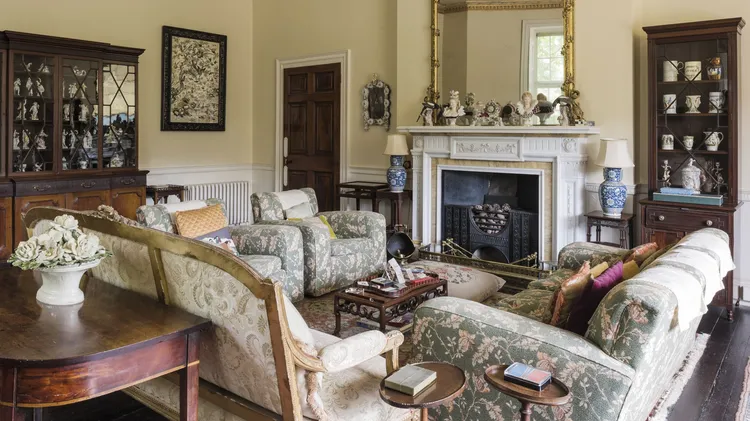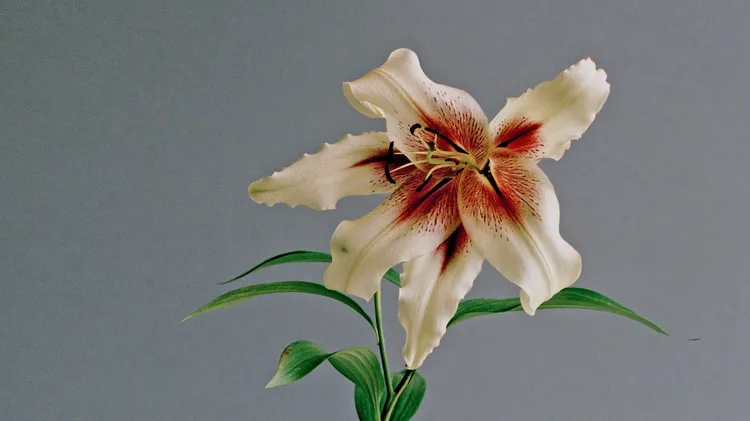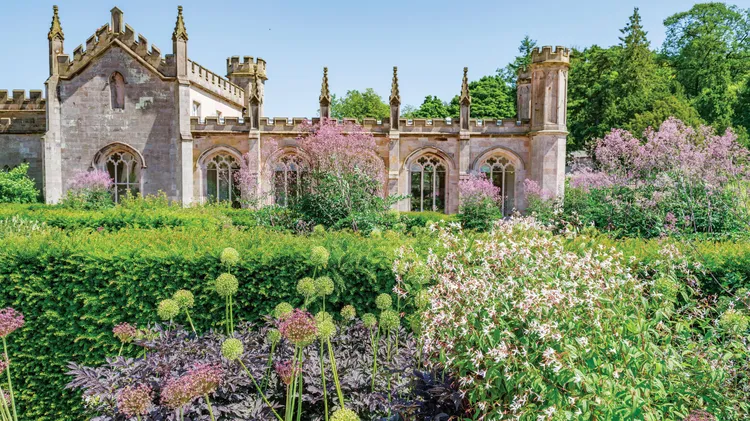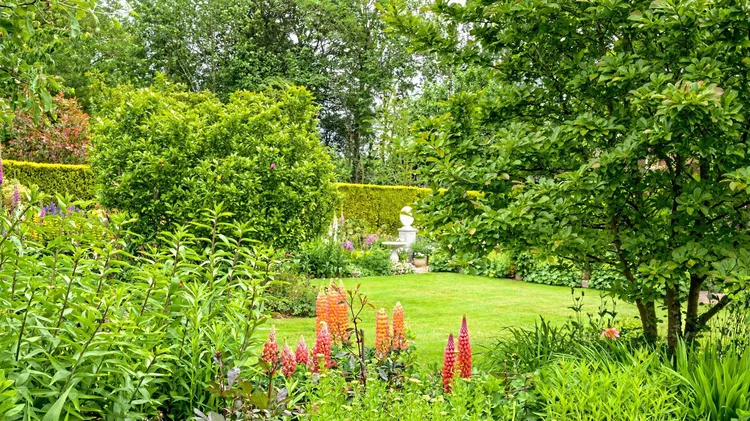Fantasy and reality merge in the otherworldly garden of The Manor at Heming
Between two worlds
6 min read
This article is from...
Read this article and 8000+ more magazines and newspapers on Readly






